What was supposed to be a 1.5-hour visit turned into almost 2.5 hours. This wasn't time dilation as predicted by Einstein's theory of relativity. But in a broader sense, it was related to Einstein, because we at kosmos-os visited the GEO600 gravitational wave detector near Sarstedt, close to Hanover, on November 28, 2025. This research facility belongs to the Albert Einstein Institute of the Max Planck Society. Our visit began at 10:30 a.m. and was scheduled to last 1.5 hours. The expert tour led by Dr. Benjamin Knispel not only provided us with a deep understanding of the subject matter, but we could also clearly sense his enthusiasm for his work. This encouraged us to ask plenty of questions, which is why our visit extended to 2.5 hours.
The five currently operating gravitational wave detectors are two LIGO instruments in the USA, Virgo in Italy, KAGRA in Japan, and GEO600 in Germany. At these sites, scientists work closely together to explore the universe using gravitational waves. Laser beams are sent over long distances (600 m to 4 km) to register (very, very small) changes in the distance traveled, caused by gravitational waves (1).
With these large-scale instruments, a completely new window to the universe has opened in recent years, alongside electromagnetic detectors such as optical telescopes, radio telescopes, and gamma-ray telescopes. Since 2015, there have been more and more discoveries that are fundamentally changing our understanding of the cosmos. One example is the discovery of black holes with more than 200 solar masses. According to previous understanding, such objects should not even exist. Naturally, developments in this area of astronomy are progressing rapidly. For example, a gravitational wave detector (LISA (2)) is planned for space in the next decade, and the Albert Einstein Institute is once again an important partner in its construction.
So, at GEO600, we were at the forefront of modern astronomy. This made the details of the instrumental setup and the measurement techniques at the very edge of what's possible all the more exciting. We were particularly pleased by the openness with which this impressive technology was shown and explained to us – fundamental research in the truest sense, open to everyone. Gravitational wave astronomy has taken on a very tangible meaning for us.
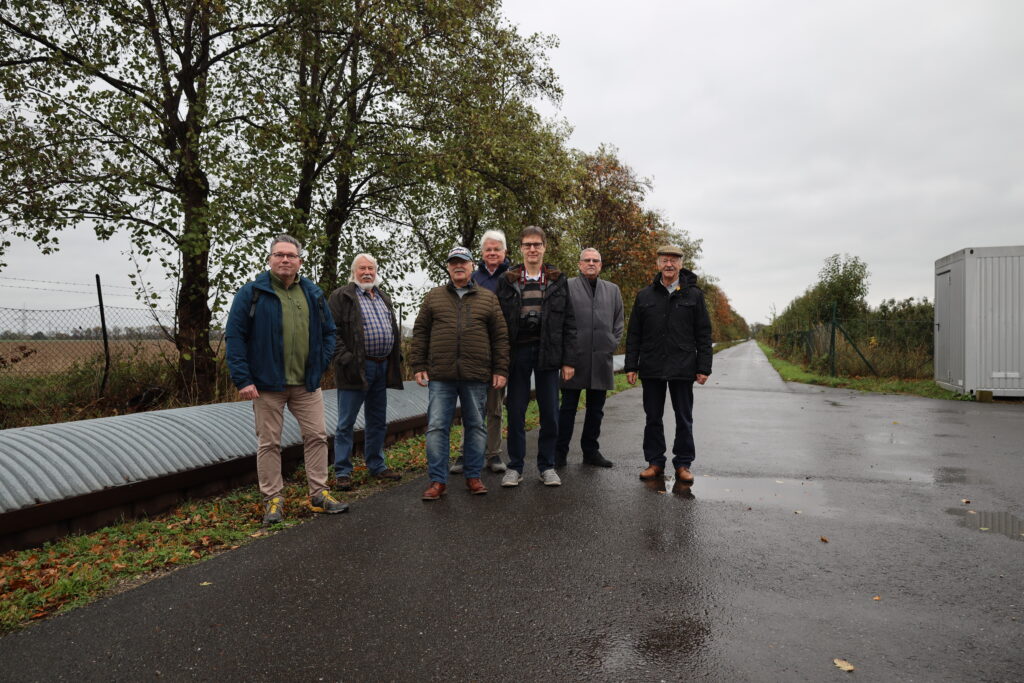
Upon our arrival at GEO600, it looked rather unassuming from the outside. That was about to change!
We took advantage of a break in the rain to take a photo. On the left of the picture, you can see the cover of one of the two channels in the background, through which the 600-meter-long stainless steel vacuum tubes run. The laser beam used to measure gravitational waves is guided through these tubes.
Photo: Thomas Kunzemann
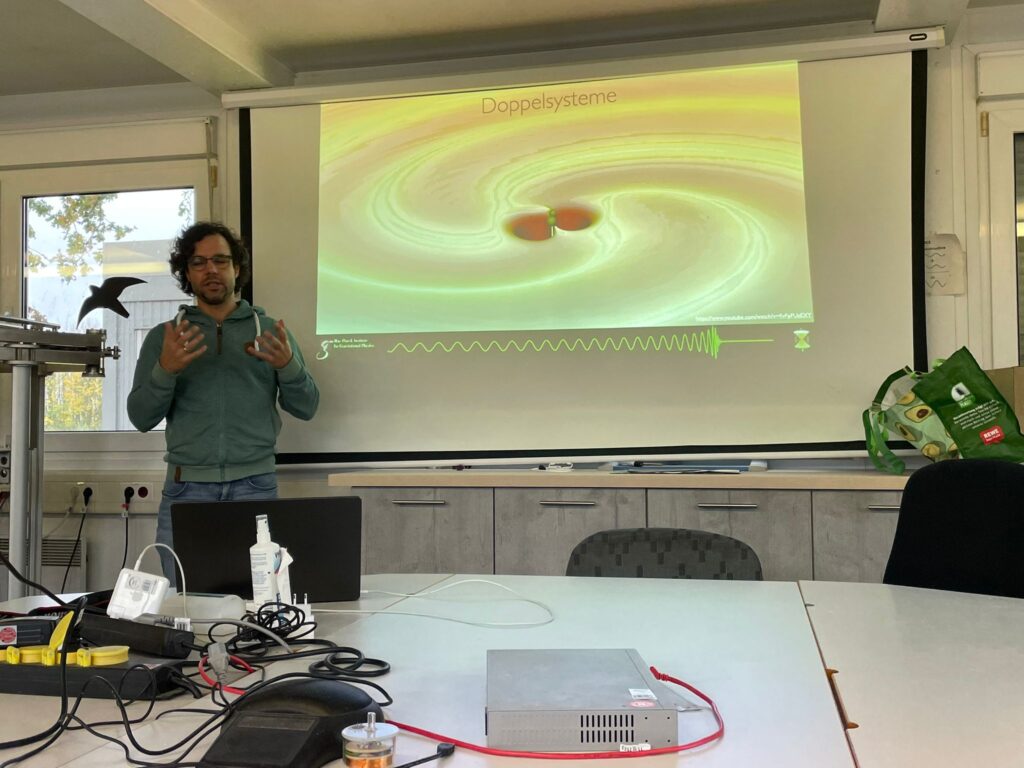
Photo: Achim Tegeler
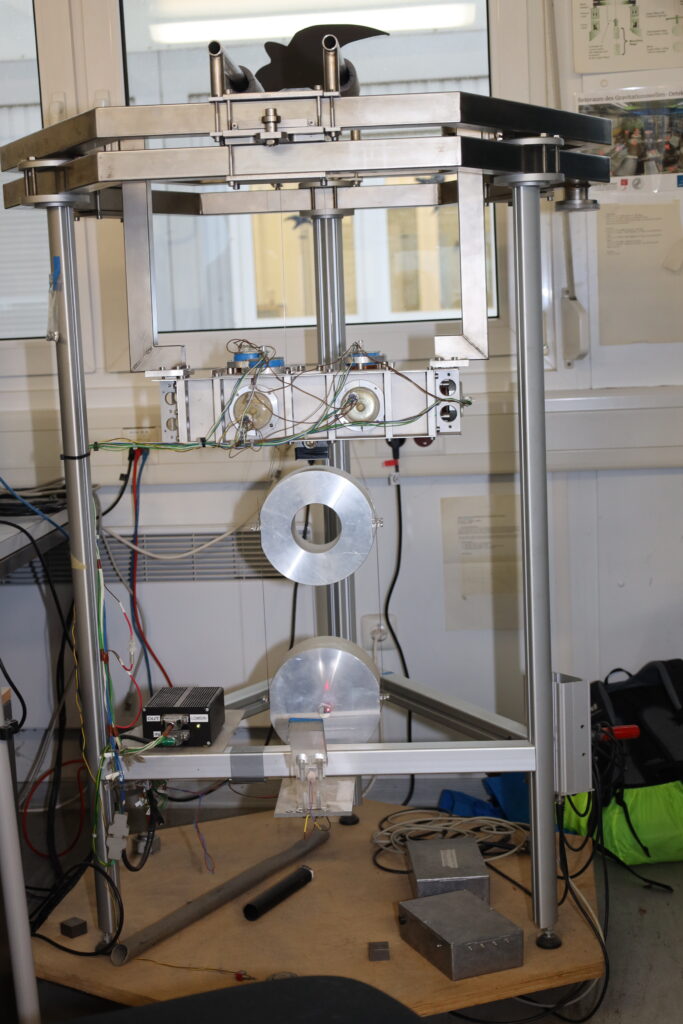
Photo: Thomas Kunzemann
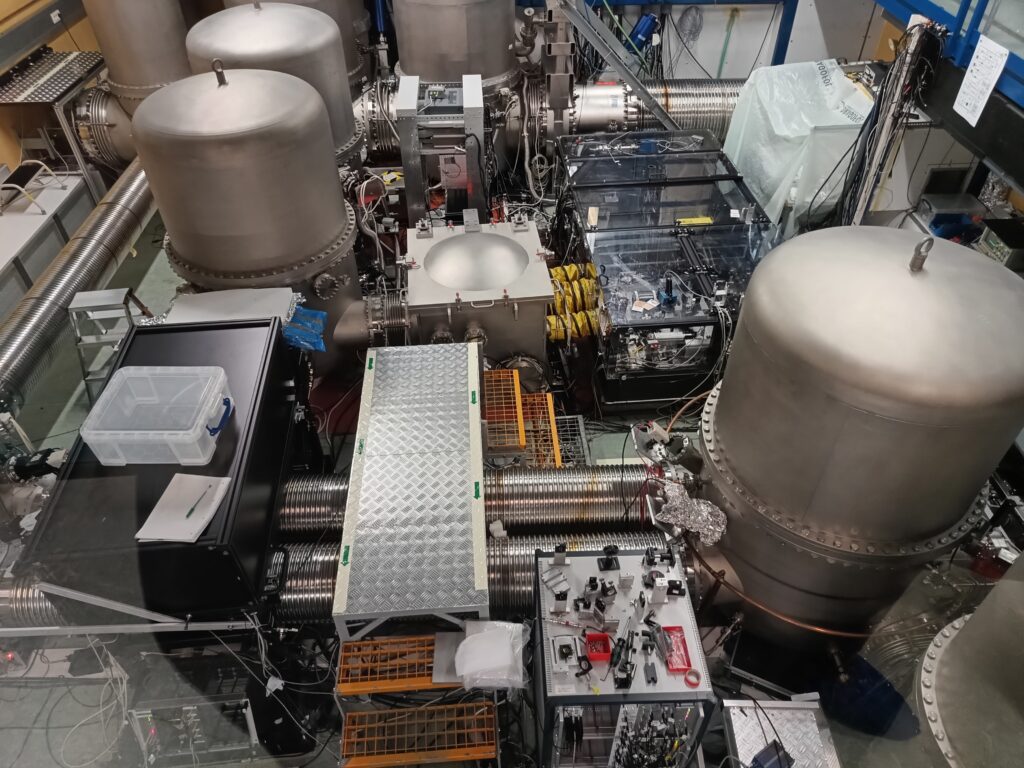
Here, the laser beam is generated, emitted into the two tubes, and received. The light travels entirely in a vacuum.
Photo: Gerold Holtkamp
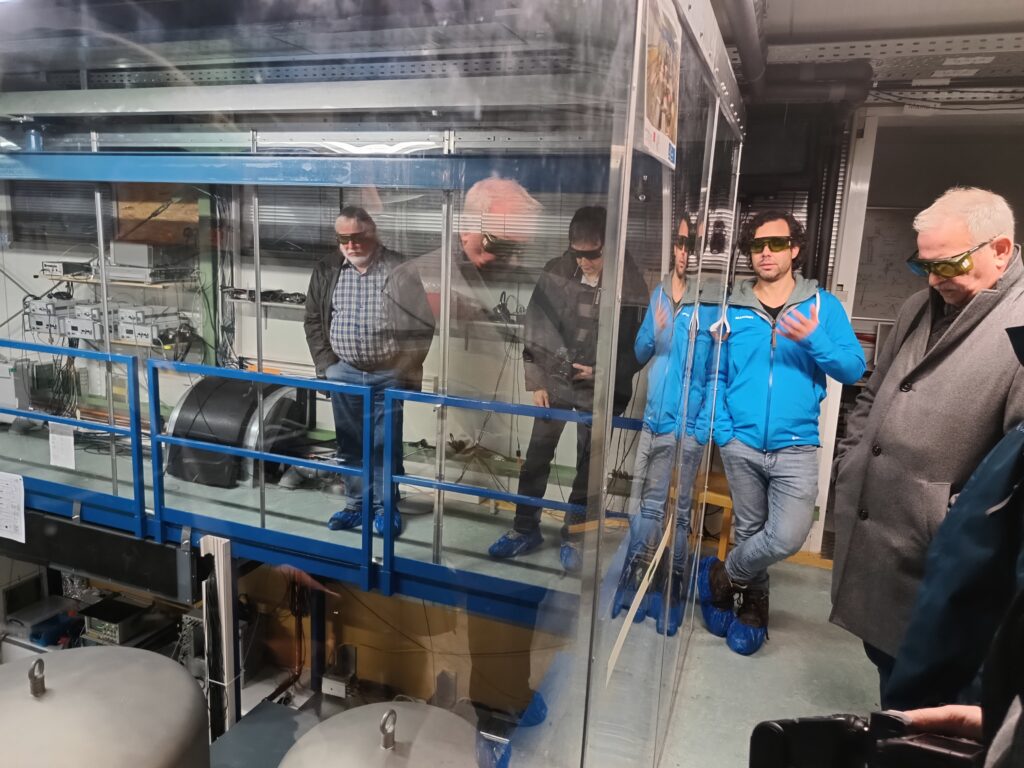
Photo: Gerold Holtkamp
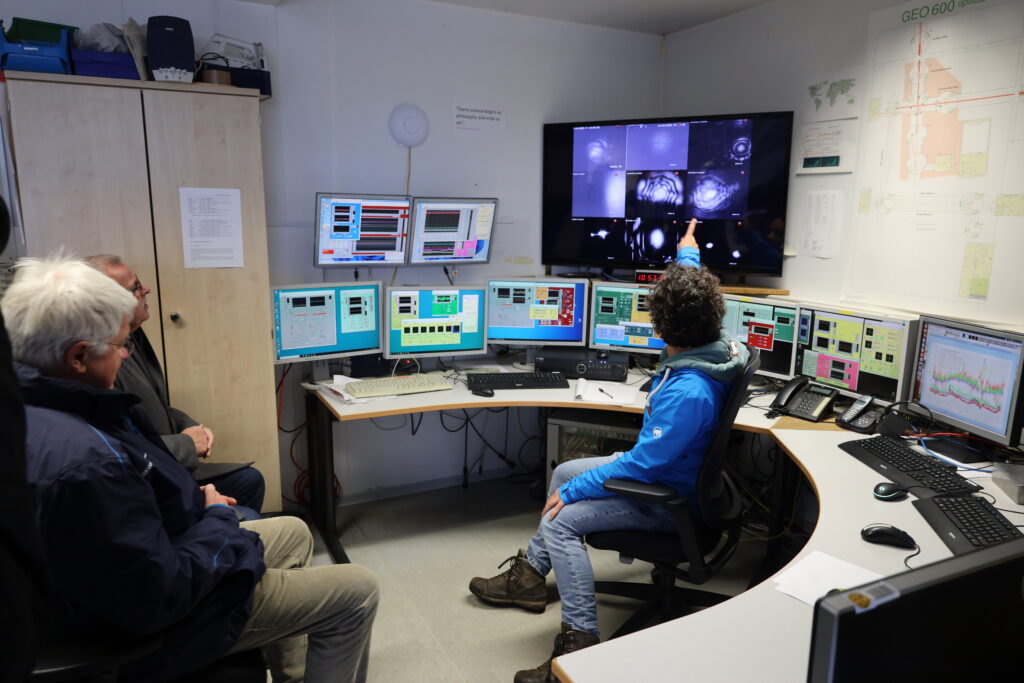
Photo: Thomas Kunzemann
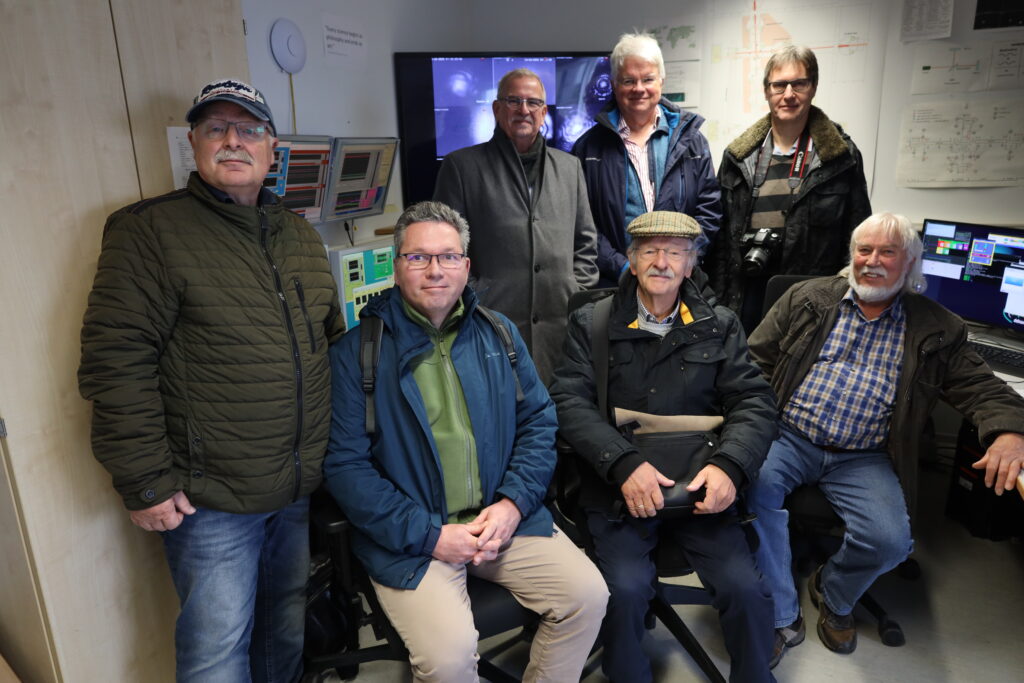
Photo: Thomas Kunzemann
_____________________________________________________________
Sources and further information:
[1] GEO 600 https://www.geo600.org/
[2] LISA https://www.aei.mpg.de/872209/laser-interferometer-space-antenna-lisa